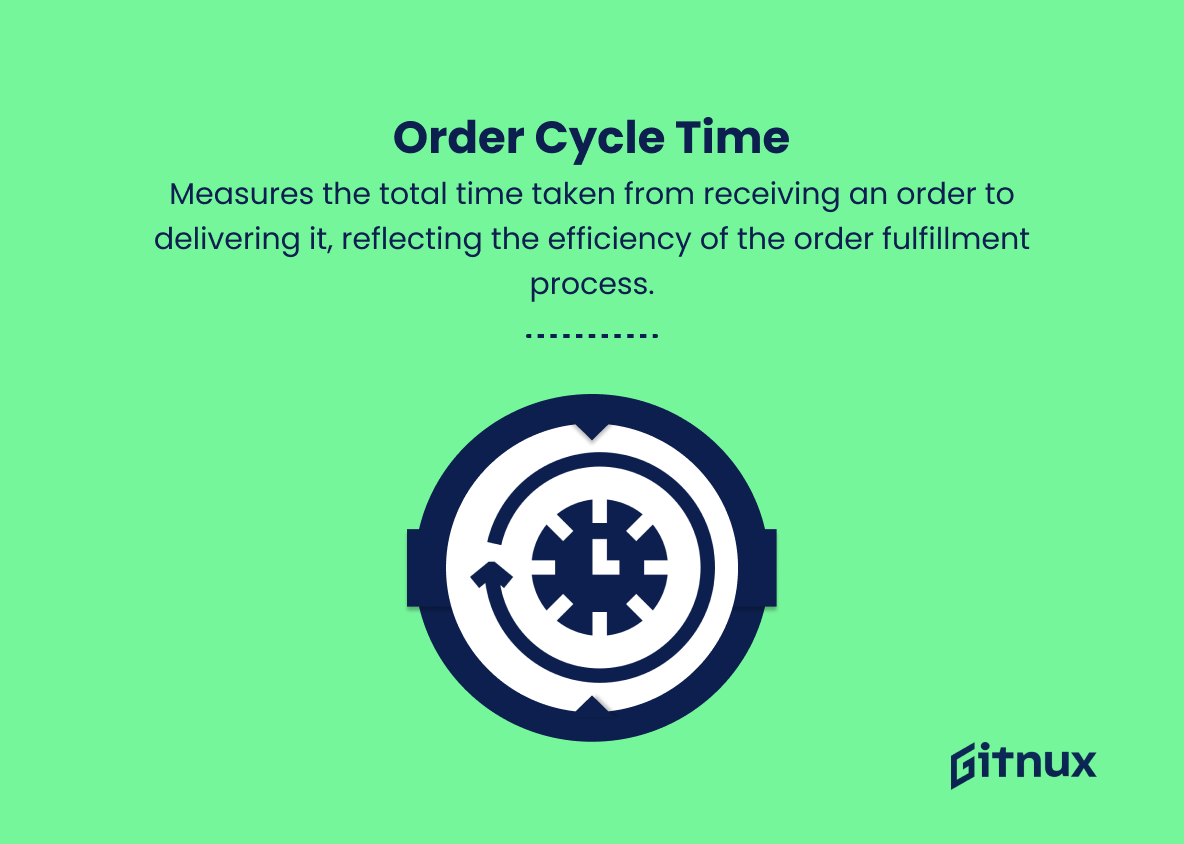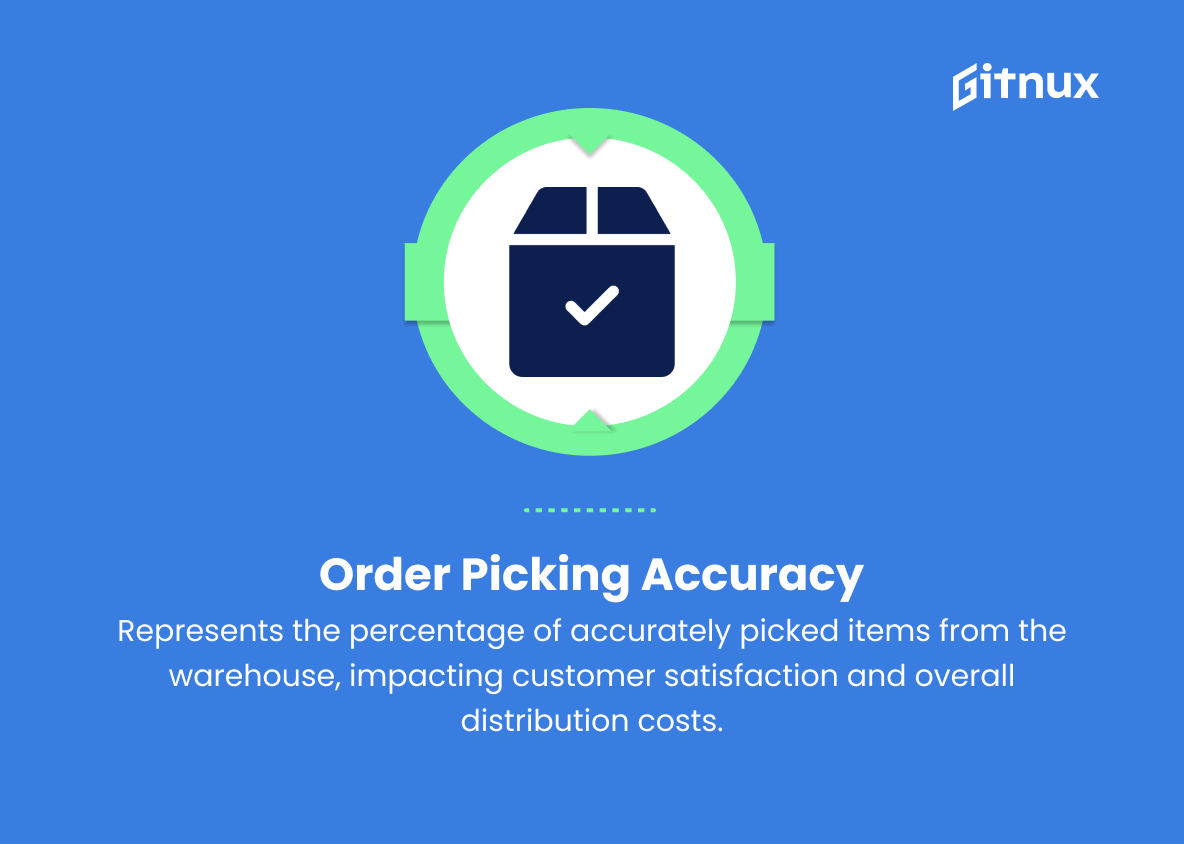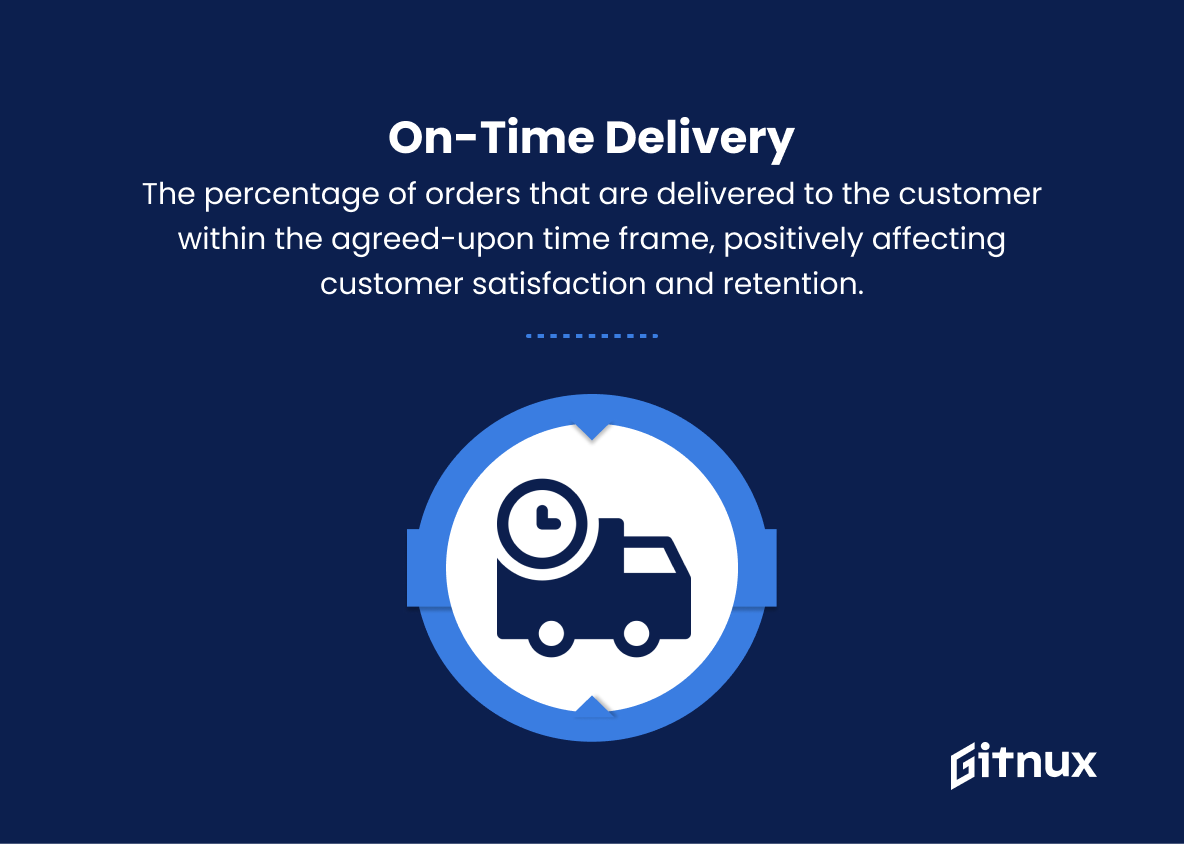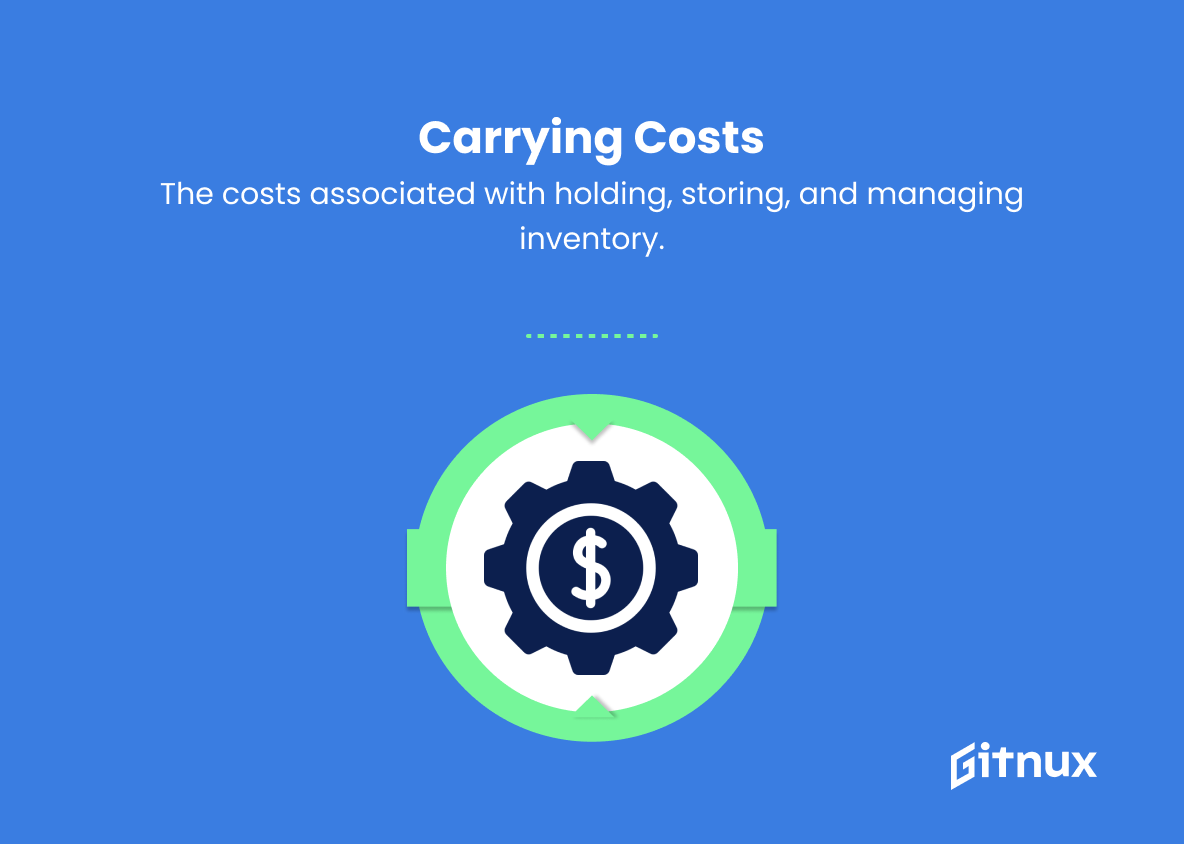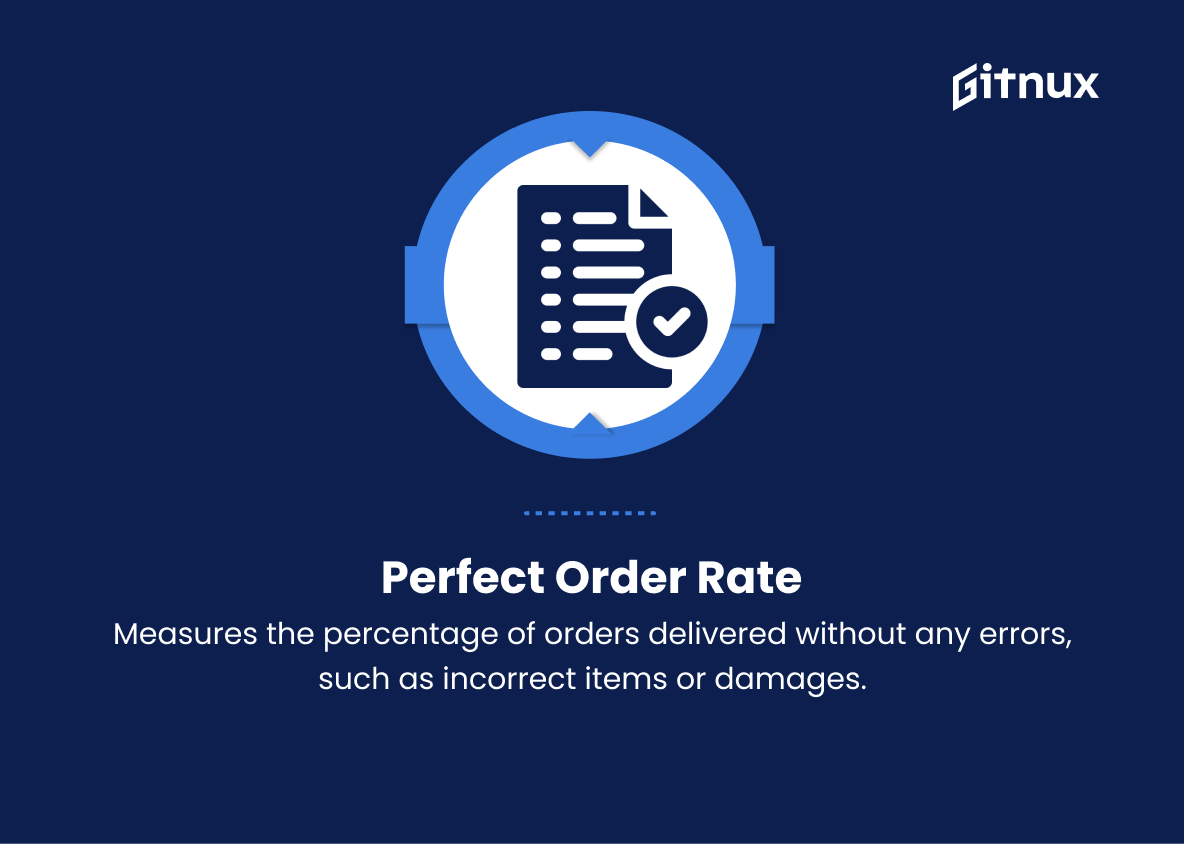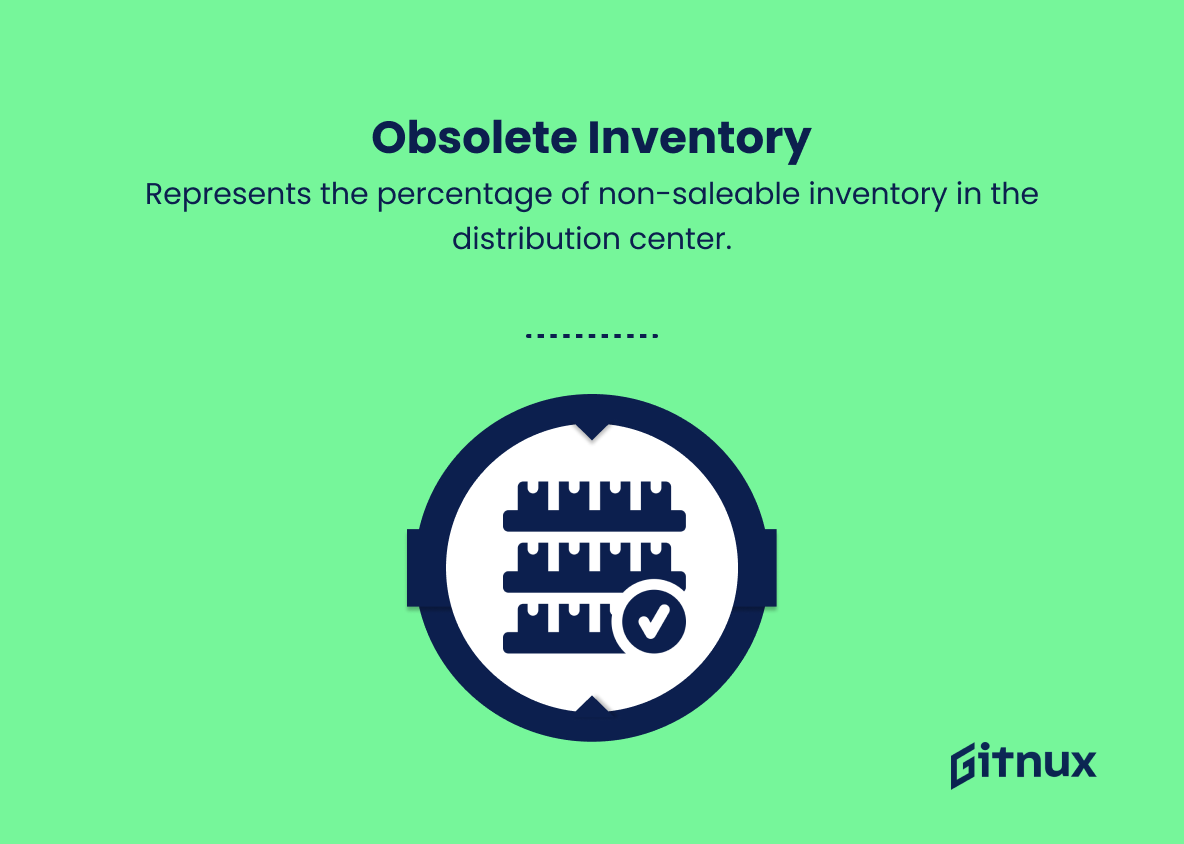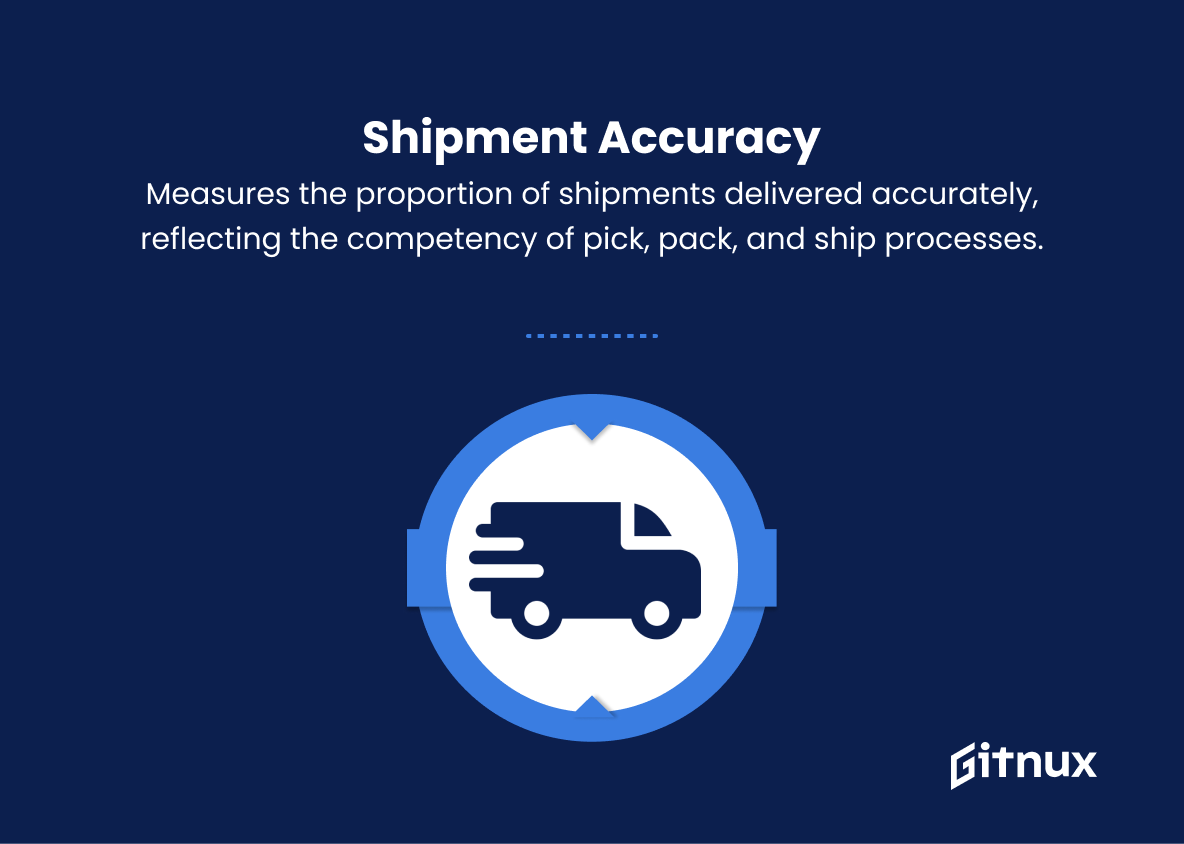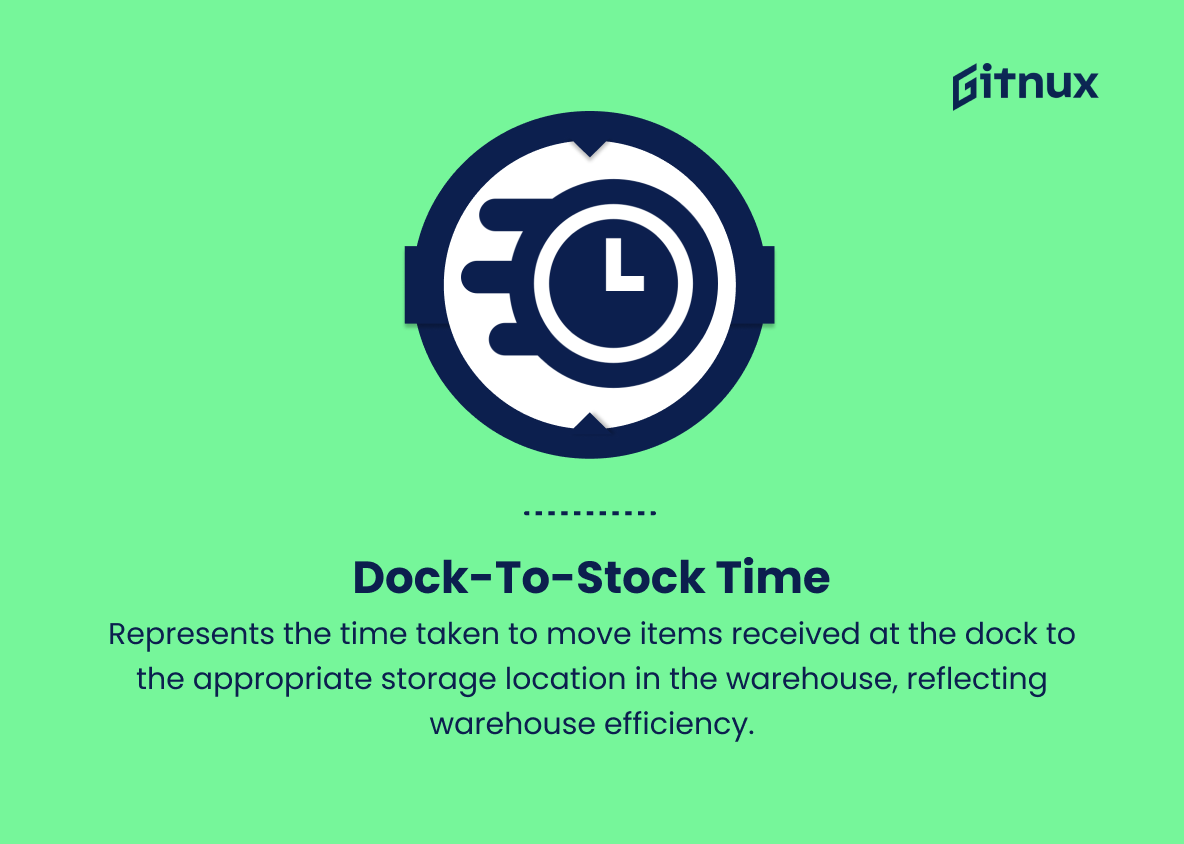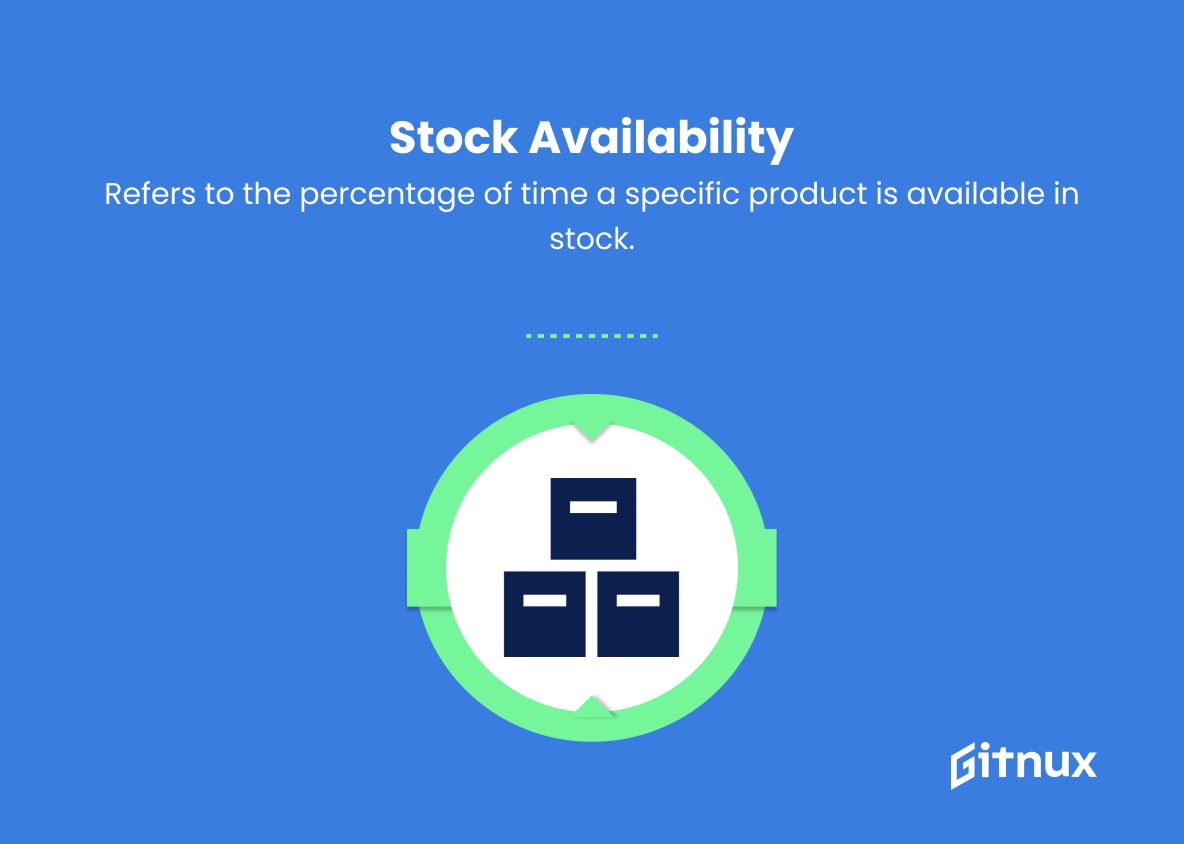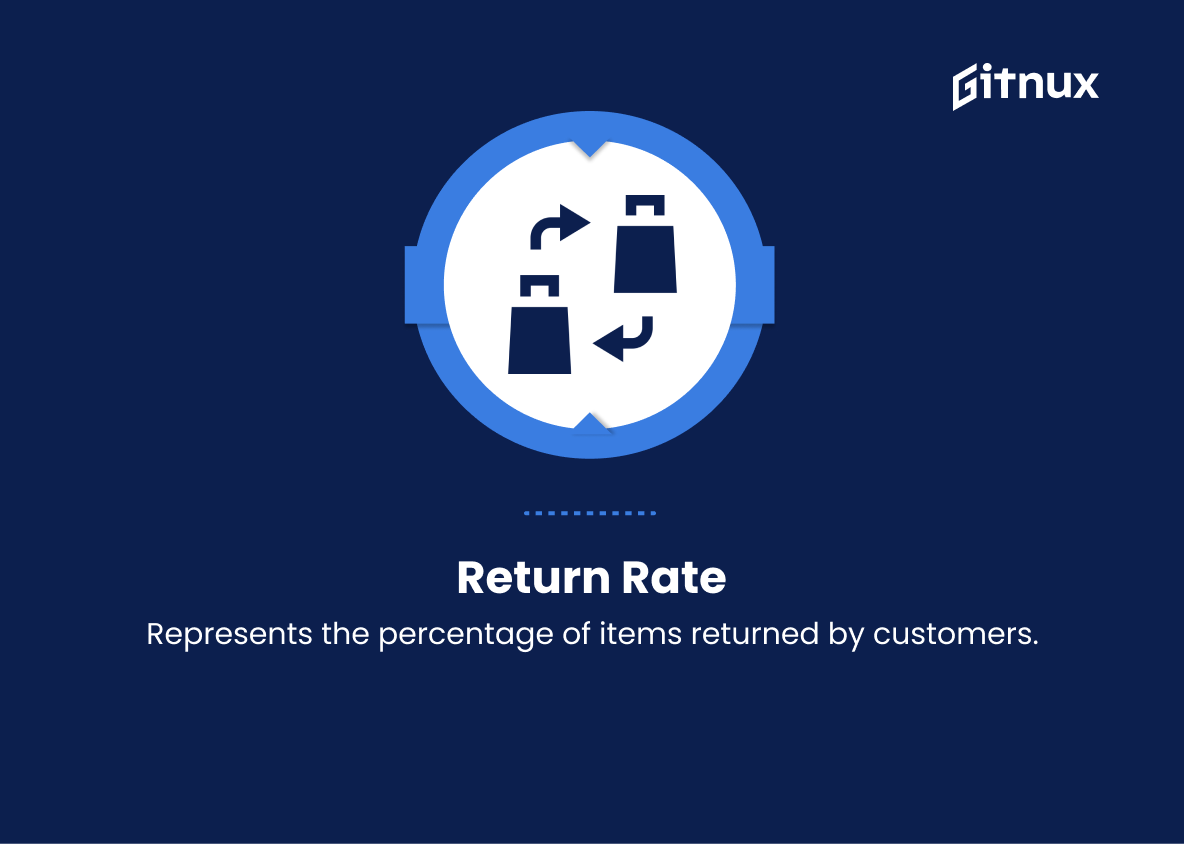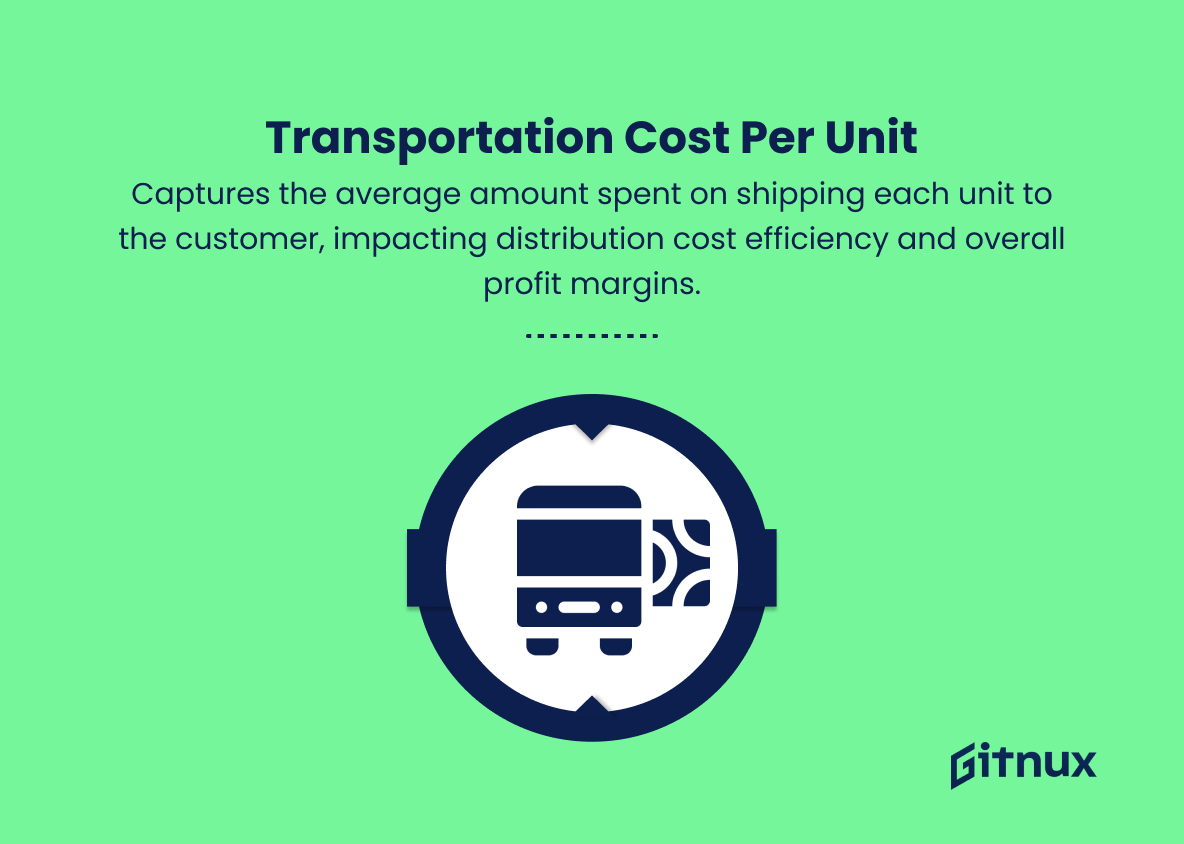In today’s rapidly evolving business landscape, the proper evaluation and measurement of distribution success has become increasingly paramount for organizations spanning across industries. Distribution Key Performance Indicators (KPIs) serve as an essential tool in this pursuit, enabling businesses to assess, fine-tune, and optimize their distribution processes and strategies, ultimately driving efficiency and ensuring a competitive edge.
In this thought-provoking blog post, we will delve into the importance and relevance of Distribution KPIs, shedding light on their indispensable role in effectively managing supply chain performance, improving customer satisfaction, and ultimately fulfilling the overarching strategic objectives of an organization.
Distribution KPIs You Should Know
1. Inventory Turnover
The number of times a company sells and replaces its inventory within a given period. It measures the efficiency of inventory management and indicates the health of the distribution process.
2. Order Cycle Time
Measures the total time taken from receiving an order to delivering it, reflecting the efficiency of the order fulfillment process.
3. Order Picking Accuracy
Represents the percentage of accurately picked items from the warehouse, impacting customer satisfaction and overall distribution costs.
4. On-Time Delivery
The percentage of orders that are delivered to the customer within the agreed-upon time frame, positively affecting customer satisfaction and retention.
5. Order Fill Rate
Represents the percentage of total customer orders fulfilled from available inventory without any backorders. A higher fill rate indicates an effective distribution system.
6. Carrying Costs
The costs associated with holding, storing, and managing inventory. A well-managed distribution system strives to minimize carrying costs without sacrificing order fulfillment capabilities.
7. Perfect Order Rate
Measures the percentage of orders delivered without any errors, such as incorrect items or damages. A high perfect order rate is a sign of an efficient distribution process.
8. Obsolete Inventory
Represents the percentage of non-saleable inventory in the distribution center. Reducing obsolete inventory helps control carrying costs and improve profitability.
9. Order Visibility
Refers to the extent to which customers and the company can track an order in real-time. Enhancing order visibility improves customer satisfaction.
10. Shipment Accuracy
Measures the proportion of shipments delivered accurately, reflecting the competency of pick, pack, and ship processes.
11. Dock-to-Stock Time
Represents the time taken to move items received at the dock to the appropriate storage location in the warehouse, reflecting warehouse efficiency.
12. Stock Availability
Refers to the percentage of time a specific product is available in stock. High stock availability ensures customer satisfaction and smooth order fulfillment.
13. Return Rate
Represents the percentage of items returned by customers. Lower return rates reflect higher customer satisfaction, better product quality, and a well-functioning distribution system.
14. Transportation Cost per Unit
Captures the average amount spent on shipping each unit to the customer, impacting distribution cost efficiency and overall profit margins.
15. Warehouse Utilization
Measures the percentage of warehouse space being effectively used for inventory storage, indicating how well the facility’s capacity is being utilized for distribution.
Distribution KPIs Explained
Distribution Key Performance Indicators (KPIs) play a crucial role in assessing and optimizing the overall efficiency, effectiveness, and customer satisfaction of a company’s distribution network. Metrics such as Inventory Turnover, Order Cycle Time, Order Picking Accuracy, On-Time Delivery, and Order Fill Rate provide insights into how well the distribution process is being managed, which in turn affects profitability and customer satisfaction.
Additionally, KPIs such as Carrying Costs, Perfect Order Rate, Obsolete Inventory, Order Visibility, Shipment Accuracy, Dock-to-Stock Time, Stock Availability, Return Rate, Transportation Cost per Unit, and Warehouse Utilization help companies identify areas of improvement to minimize costs, streamline processes, and ultimately enhance overall distribution performance.
By monitoring and acting upon these important KPIs, businesses can efficiently manage their inventory, improve order fulfillment capabilities, and maintain high levels of customer satisfaction while reducing costs and maximizing profits.
Conclusion
In summary, understanding and tracking your distribution KPIs is essential for gauging the success and effectiveness of your marketing strategy. By closely monitoring these key performance indicators, you will be well-equipped to make data-driven decisions, optimize your campaigns, and ultimately achieve better results in reaching and engaging your target audience.
As the digital landscape continues to evolve, staying ahead of the curve by consistently analyzing and adjusting your distribution KPIs ensures that your brand remains relevant and competitive in today’s fast-paced business environment. Embrace these metrics and use them to drive your marketing efforts toward greater success and growth for your organization.

